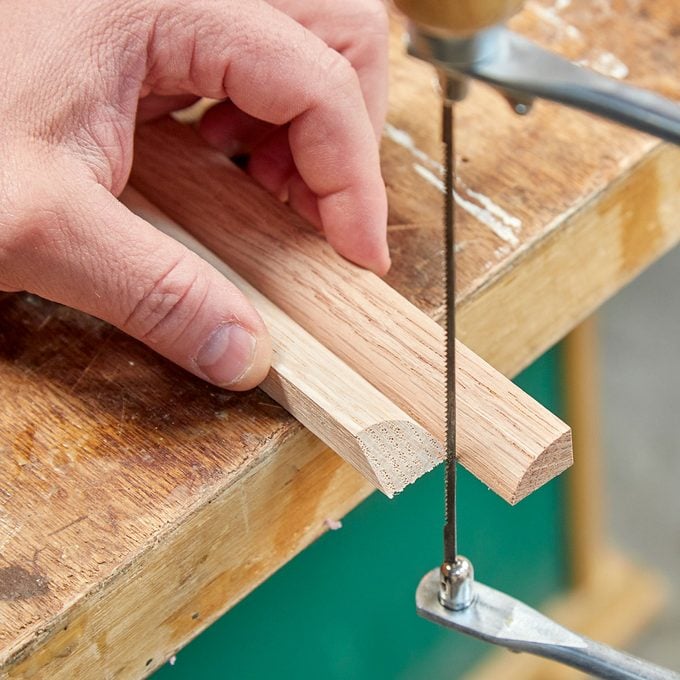Toolipedia: Coping Saw
Updated: May 24, 2023
Toolipedia: Everything you wanted to know about the coping saw
What is a coping saw?
Coping saws have a thin and narrow blade, which makes them highly maneuverable and able to cut tight turns in wood and other materials. Coping saws are used by trim carpenters to create coped joints, and by woodworkers to create curved shapes and to finish the bottom of dovetail joints. The blades on coping saws are approximately 6-1/2 inches long.
Here are the basic parts of a coping saw:
- Handle
- Frame
- Blade
- Slotted Pin
- Round knob or turn pin
The coping saw gets its name due to the way it’s used to cut/cope trim. A coped joint, used in inside corners, is created when one piece of trim is run tight into the corner and the other intersection trim board is scribed and cut to fit the profile of the first one.
How is a coping saw used?
Operation basics:
- Place the blade so that the pins of the blade are secured by the slotted pin
- The blade can be installed to cut either on the pull or push stroke (user’s preference)
- Adjust the tension, by turning the handle (in most models), until the blade is taut
- Push or pull the saw in the non-cutting stroke direction a couple of times to start the cutting path
- Push and pull the saw to start cutting. Twist the blade as you go to follow the desired cut line or trim profile
What are the different types of coping saws?
- Depth of the frame differs
- Most coping saws tension by turning the handle, however some may have other mechanisms
- You can purchase tile and metal cutting blades to expand the uses of the coping saw.
- The number of teeth per square inch is different depending on how thick or delicate the material is being cut
- Some frames are designed in a truss like configuration
- Fret saws are similar to coping saws. They can cut even sharper curves but are harder to control
What makes a good coping saw?
- Sturdy frame
- Easy tensioning mechanism that stays tight
- A frame that prevents the blade from twisting or flexing too much
- Ergonomic handle
Olson makes a high–quality coping saw.

Coping Saw Tip
When coping shoe molding, the best way to keep it from jumping around too much is to hold it up against another piece of shoe. Lay the two pieces flat on a table with the small profiles facing each other. Make sure that the piece of shoe that won’t be cut is sticking out about an inch or so further than the piece to be coped. Then pinch the pieces together, hold them steady and saw away!






















